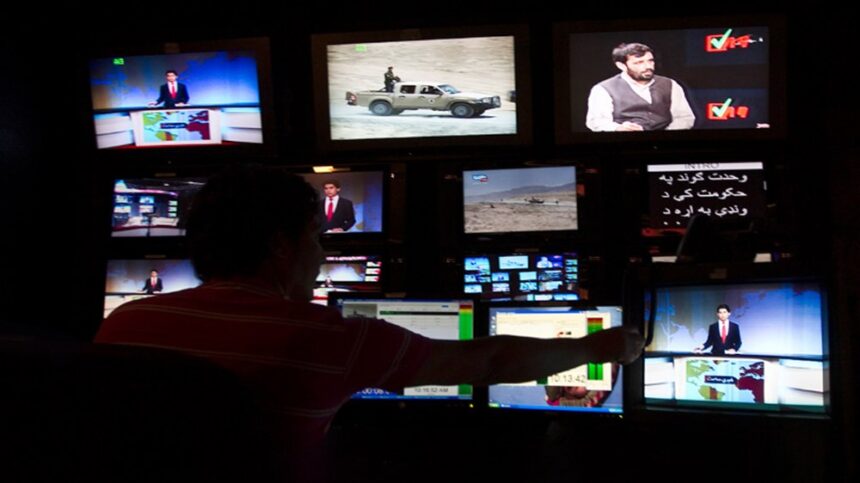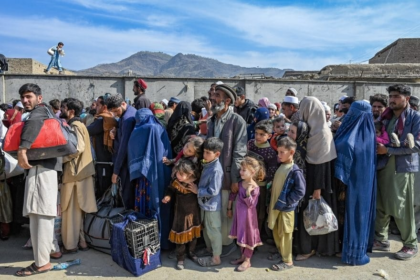RASC News Agency: Local sources have revealed that the Taliban authorities in Kunar province have imposed a strict ban on broadcasting any images of living beings on television. In a meeting with local officials, the governor of Kunar underscored that, moving forward, no interviews should be conducted or aired on visual media platforms. In addition to the state-run National Television, a private channel named Zala, operating in Kunar, has been instructed to refrain from broadcasting any depictions of living creatures. This directive mirrors similar restrictions previously enforced by the Taliban in Nangarhar, Kandahar, Takhar, Badghis, and Helmand provinces.
Over the past three years, the Taliban’s draconian media policies have led to the closure of numerous media outlets and left hundreds of journalists unemployed. Growing apprehension surrounds the possibility of these restrictive measures expanding to Kabul and other provinces. Earlier this month, representatives of visual media traveled to Kandahar to voice their concerns directly to Taliban leaders. However, these discussions yielded no tangible results. The Taliban justify their actions under the framework of Article 17 of their so-called “Propagation of Virtue and Prevention of Vice” law, which they claim adheres to Islamic Sharia. This specific article prohibits the visual representation of living beings.
The group’s rationale for banning images in media and television is twofold. First, the Taliban’s reclusive leader deems public appearances and engagement with the media as religiously impermissible. Second, they argue that photography and videography did not exist during the early days of Islam, framing these technologies as un-Islamic innovations. Critics, however, point to the blatant hypocrisy of this stance. While the Taliban strictly prohibit visual media, they enthusiastically utilize advanced Western technology for their purposes. Observers have highlighted the irony, noting that while the Prophet did not use American armored vehicles, the Taliban have no qualms about deploying such modern tools in their operations.






